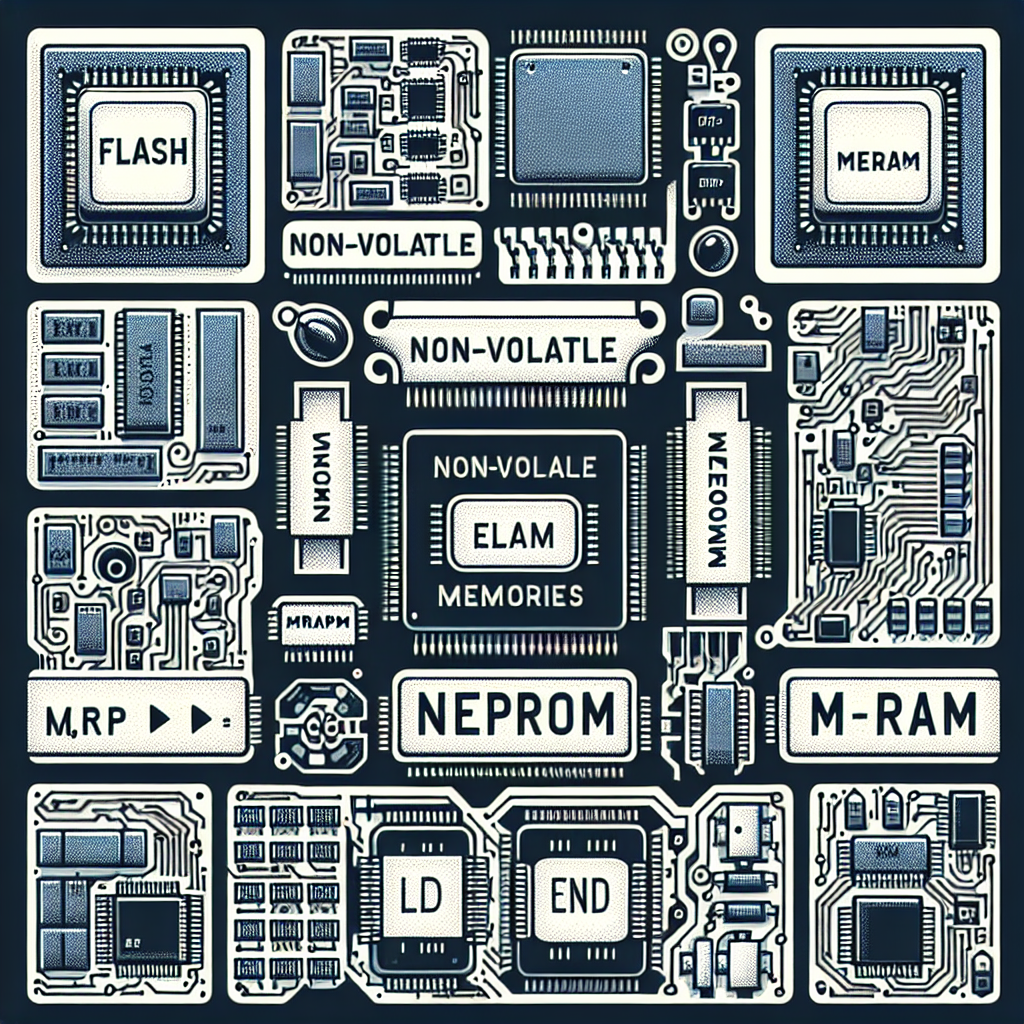Non-volatile memory technologies are essential components in modern electronic devices, storing data even when the power is turned off. There are several types of non-volatile memory technologies available, each with its own advantages and disadvantages. In this article, we will compare some of the most commonly used non-volatile memory technologies: NAND flash, NOR flash, and 3D XPoint.
NAND flash memory is widely used in solid-state drives (SSDs), USB drives, and memory cards. It is known for its high density, fast read and write speeds, and low cost. However, NAND flash has limited endurance, meaning it can only endure a certain number of write cycles before it starts to degrade. This makes NAND flash less suitable for applications that require frequent and intensive write operations.
NOR flash memory, on the other hand, is commonly used in embedded systems, such as microcontrollers and automotive applications. NOR flash offers faster read speeds compared to NAND flash, making it suitable for applications that require quick access to data. However, NOR flash is more expensive and has lower density compared to NAND flash, making it less suitable for high-capacity storage applications.
3D XPoint is a relatively new non-volatile memory technology developed by Intel and Micron. It offers higher performance and endurance compared to NAND flash, making it suitable for applications that require high-speed data access and frequent write operations. 3D XPoint memory also has a higher density compared to NAND flash, making it suitable for high-capacity storage applications. However, 3D XPoint memory is more expensive compared to NAND flash and NOR flash, limiting its adoption in consumer electronics devices.
In conclusion, each non-volatile memory technology has its own strengths and weaknesses, making them suitable for different applications. NAND flash is ideal for high-density storage applications with moderate write operations, while NOR flash is more suitable for applications that require fast read speeds. 3D XPoint offers high performance and endurance, making it suitable for high-speed data access and frequent write operations. Ultimately, the choice of non-volatile memory technology depends on the specific requirements of the application and the trade-offs between cost, performance, and endurance.


Leave a Reply